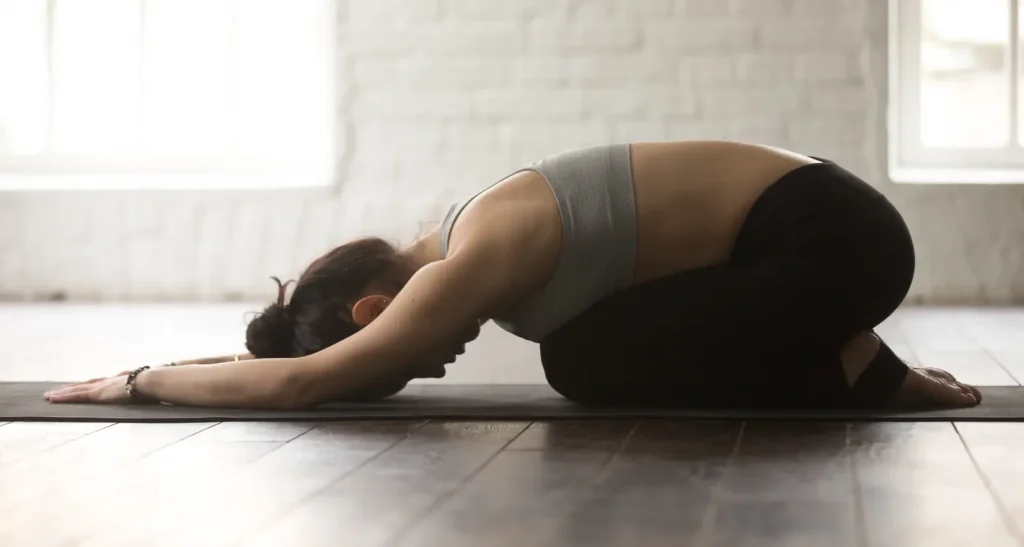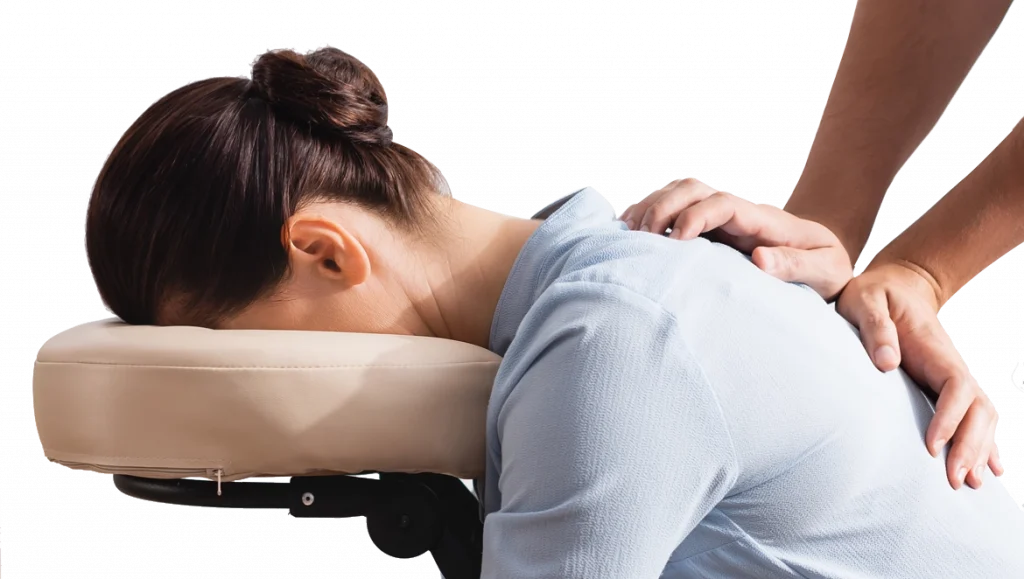EMBRACING WELLNESS: THE IMPORTANCE OF STRETCHING

We often strive to keep our bodies healthy and fit by building muscle and improving aerobic endurance. However, we frequently overlook a vital, transformative activity—stretching. Stretching keeps our muscles flexible, healthy for daily tasks, and ready to handle high-intensity demands when necessary. A flexible and mobile body significantly enhances performance in various sports. For instance, achieving a wider range of motion in weightlifting allows for better results. Similarly, a stretching routine boosts blood flow and overall performance before running a marathon.
Beyond improving performance, stretching plays a crucial role in injury prevention. Tight muscles suddenly called upon for flexible movement are at risk of strains and muscle damage. Tight muscles can also negatively impact joints by failing to support them adequately, leading to added stress, inflammation, and even joint injury.
Another ideal time to stretch is before and after a flight. Long hours of sitting, limited space, and the natural dehydration and pressure during a flight can make muscles sore and stiff, leading to poor blood flow and issues like heavy legs or strains. With this in mind, we’ll share simple, effective stretches you can incorporate into your daily routine, before any physical activity, as well as before boarding or after disembarking from a flight.
Child’s Pose
The Child’s Pose is one of the most well-known positions in yoga, beloved by yogis worldwide. This pose goes beyond simply stretching the body. It’s often used in yoga classes as a way to rest, reconnect with your breath, reset your mindset, and prepare for the next activity. It provides a gentle stretch to multiple areas, including the shoulders, neck, upper and lower back, hips, thighs, and ankles. Due to its versatility and ease of execution, the Child’s Pose is an excellent addition to any daily mobility routine.
To perform it correctly, start by kneeling on the floor. Then, spread your knees apart on the mat (or the surface you’re using) while resting your belly on your thighs and bringing your chest close to your knees. If comfortable, rest your forehead on the floor. If not, simply lower your head as close to the floor as possible. Stretch your arms out in front of you, feeling your upper back engage. Take deep breaths and hold this position for 30 seconds. Once finished, relax for a few seconds, then repeat. You might find that the subsequent rounds feel easier as your muscles begin to loosen. Watch this video tutorial to help you master the pose.

Calves Stretch
The calves are often called the “second heart” due to their vital role in helping pump blood from the lower body back up to the heart. In addition, the calves play a crucial role in maintaining lower body flexibility, balance, and strength. Stretching these small yet essential muscles, especially after sitting for long periods at work or on a plane, can help prevent soreness and the feeling of heavy legs.
To begin your stretching routine, place your hands on a wall for support, step back with one leg, and press your heel toward the ground. Hold this position for 30 seconds, then switch to the other leg. For a more intense stretch, you can use a step, box, or any surface that allows you to place your toes on top while keeping your heels on the floor. Push your toes against the surface without moving your heels to experience a deeper stretch. Take a look at this simple guide on how you can efficiently stretch your calves.

Shoulder Stretch
One of the areas most affected by prolonged periods of sitting—whether on a plane or at the office—is the shoulders. Tightness in this area can lead directly to pain and soreness in related regions, such as the trapezius muscles and neck. Performing shoulder exercises is essential for building strength and maintaining healthy joints. Before starting any routine, spend 5 to 10 minutes increasing blood flow to the shoulder area by doing arm circles and swings, which will enhance the effectiveness of your exercises.
If space is limited, you can stay seated in a chair. Place your left hand on your right elbow and pull your right arm across your body, holding the stretch at its maximum point for 20 seconds. Repeat the same stretch on the opposite side. You can go through this routine a couple of times for better results.
If you can access a more spacious area, stand with your arms at your sides and begin swinging them forward as high as you can without raising your shoulders. Be sure to keep your scapula engaged and stable throughout the movement. For a full shoulder and upper-body stretching routine, check out the exercises provided here.

Incorporating stretching into your daily routine is essential for maintaining flexibility, preventing injury, and improving overall performance, whether you’re at the gym, in the office, or traveling. From the gentle Child’s Pose to focused stretches for your calves and shoulders, these simple yet effective movements can have an impact on your physical well-being. For more tips, detailed guidelines, and wellness inspiration visit our website and follow us on social media to get your daily dose of wellness.





